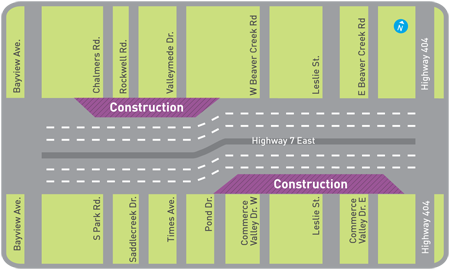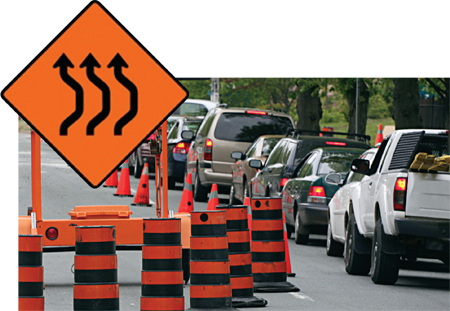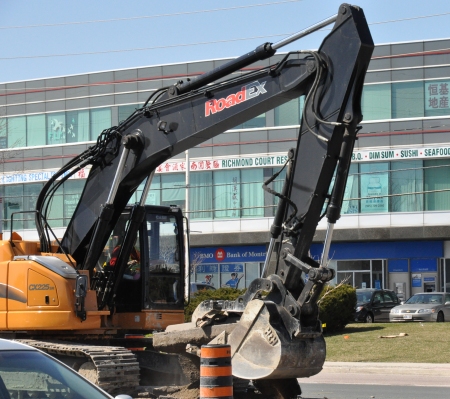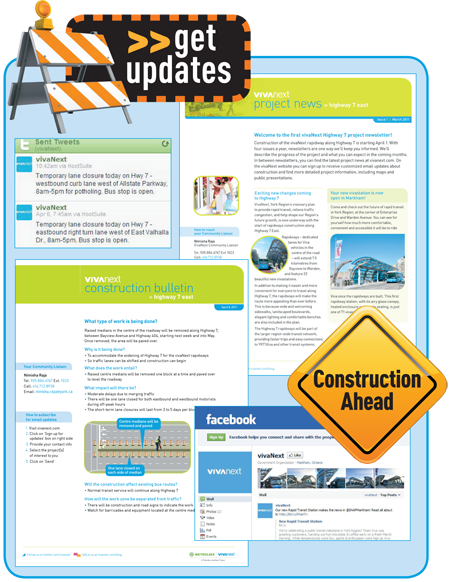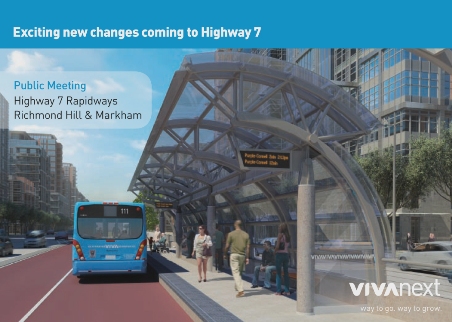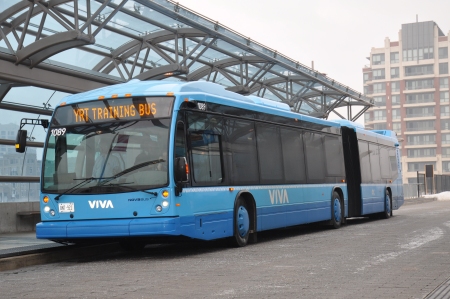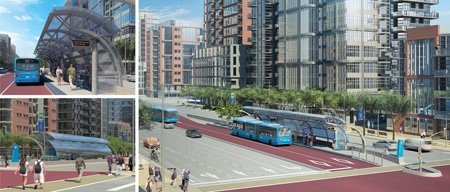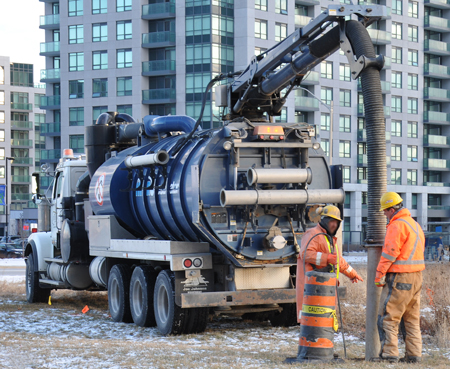Last week, I described how our partnership with the private sector is helping us to build our rapid transit system on schedule, and on budget. This week, here’s a primer on who our partners are, in particular our construction lead.
York Consortium 2002, our partner for the design components of the project, includes some of the worlds’ most experienced engineering, design and construction firms. Members of this joint venture include:
- > AECOM Enterprises – based in the United States, one of the largest transportation firms in the world;
- > IBI Group – Toronto-based, with offices around the world;
- > Delcan Corporation – a Toronto-based international company that has developed rail transit in Los Angeles and Tel Aviv;
- > Peter Kiewit Infrastructure Co. – a leading heavy civil contractor with offices across Canada; and,
- > EllisDon Corporation – a Canadian-based international construction company that has worked on numerous major transit and transportation projects.
Under the terms of our agreement with York Consortium, they were offered the first right to bid on the construction project to build the Highway 7 East rapidway, with their bid competing in a bid process where we’ve gathered a cost estimate from an independent source.
Following this process, last year a partnership between Kiewit and Ellis-Don (Kiewit-EllisDon or KED) led the successful bid to become the construction contractor for the Highway 7 East rapidway.
Having KED is a tremendous benefit for this project, as our rapidways require a broad range of expertise in building roads, bridges, rapidways and transit stations. Kiewit has built some of the most challenging road and highway projects all across North America, including the Sea to Sky Highway in British Columbia. And EllisDon is one of the best known construction firms in Canada, with a wealth of knowledge and experience in our region.
It’s worth repeating that this is a huge project, with many challenges and months of work ahead. But we’re confident that our construction project on Highway 7 is in experienced and capable hands, and so far we’re off to a great start.

